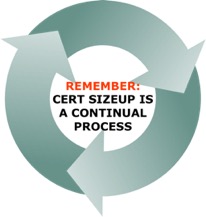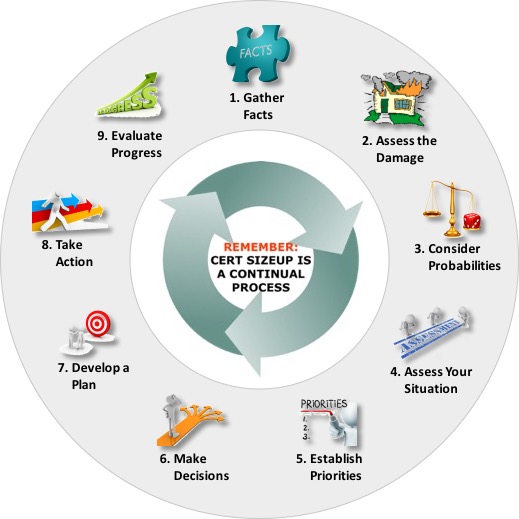S.T.A.R.T.
Simple Triage And Rapid Treatment (START) is a critical concept for initially dealing with casualties in a disaster. History shows that 40% of disaster survivors could be saved with simple, rapid medical care. START is based on the premise that a simple medical assessment and rapid treatment based on that assessment will yield positive — often lifesaving — results.
4 Triage Categories
During medical triage, survivors’ conditions are evaluated and the survivors are prioritized into four categories:
Immediate (I)
Tag RED
Life-threatening injuries (airway, bleeding, or shock) demanding immediate attention – treatment is urgent
Delayed (D)
Tag YELLOW
Injuries do not jeopardize the survivor’s life. Professional care may be required, but treatment can be delayed
Minor (M)
Tag GREEN
Walking wounded and generally ambulatory
Dead (DEAD)
Tag BLACK
No respiration after two attempts to open the airway. CPR is one-on-one care and labor intensive, so it is not performed when there are many more survivors than rescuers.
Rescuer Safety During Triage
If hazardous materials are present, rescuer safety is paramount. CERT members should leave the scene to avoid harm to themselves and to reduce the risk of spreading the contamination.
Rescuer safety is crucial during triage. Rescuers must wear all safety equipment, including non-latex exam gloves, goggles, a helmet, and an N95 mask when examining survivors and should try to change gloves between survivors. Because of limited supplies, it may not be possible to use a new pair of gloves for every survivor. If this is the case, gloves may be sterilized between treating survivors using 1 part bleach to 10 parts water. Your disaster kit should have a box of non-latex gloves. Bleach and potable water should also be available at the CERT’s medical treatment area.
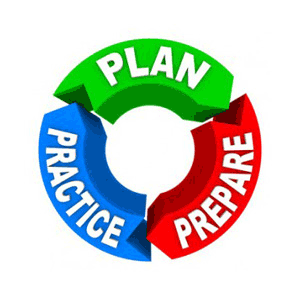
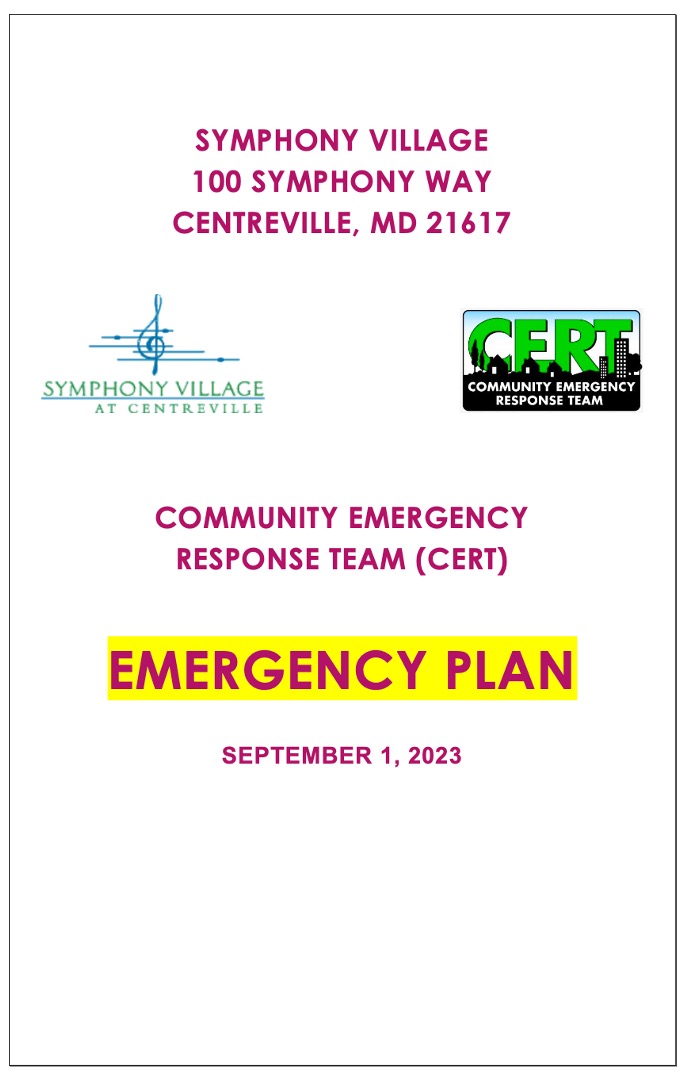
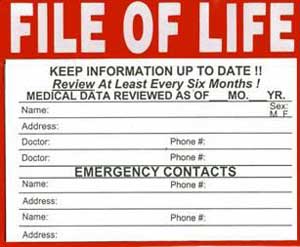
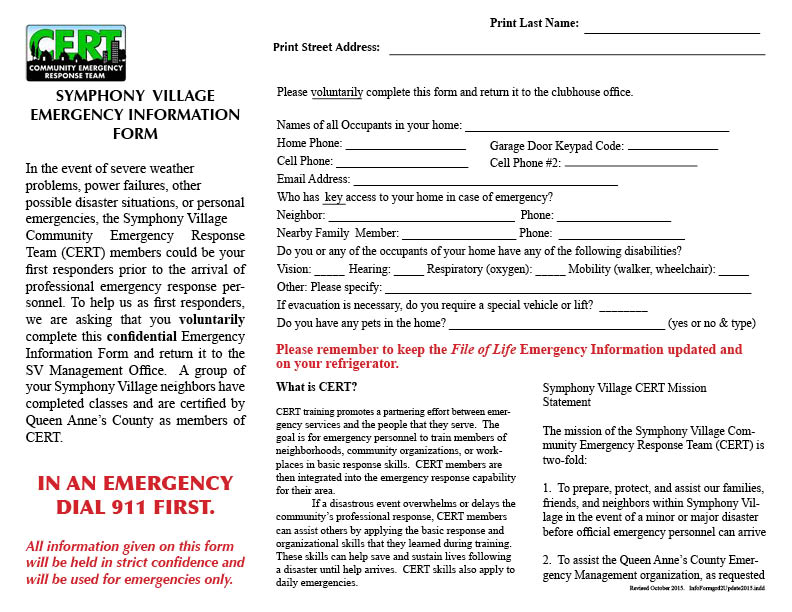
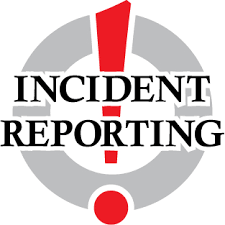
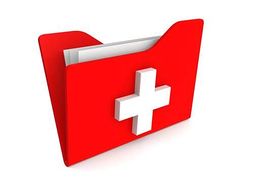

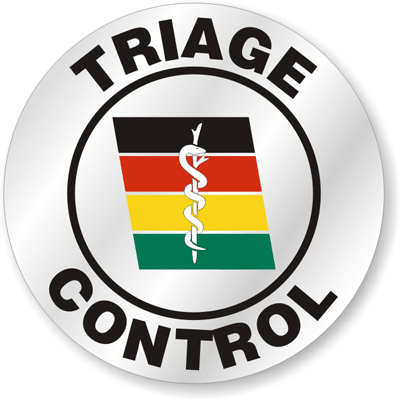
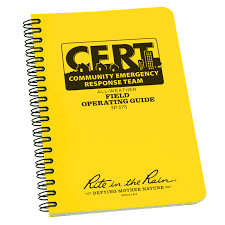


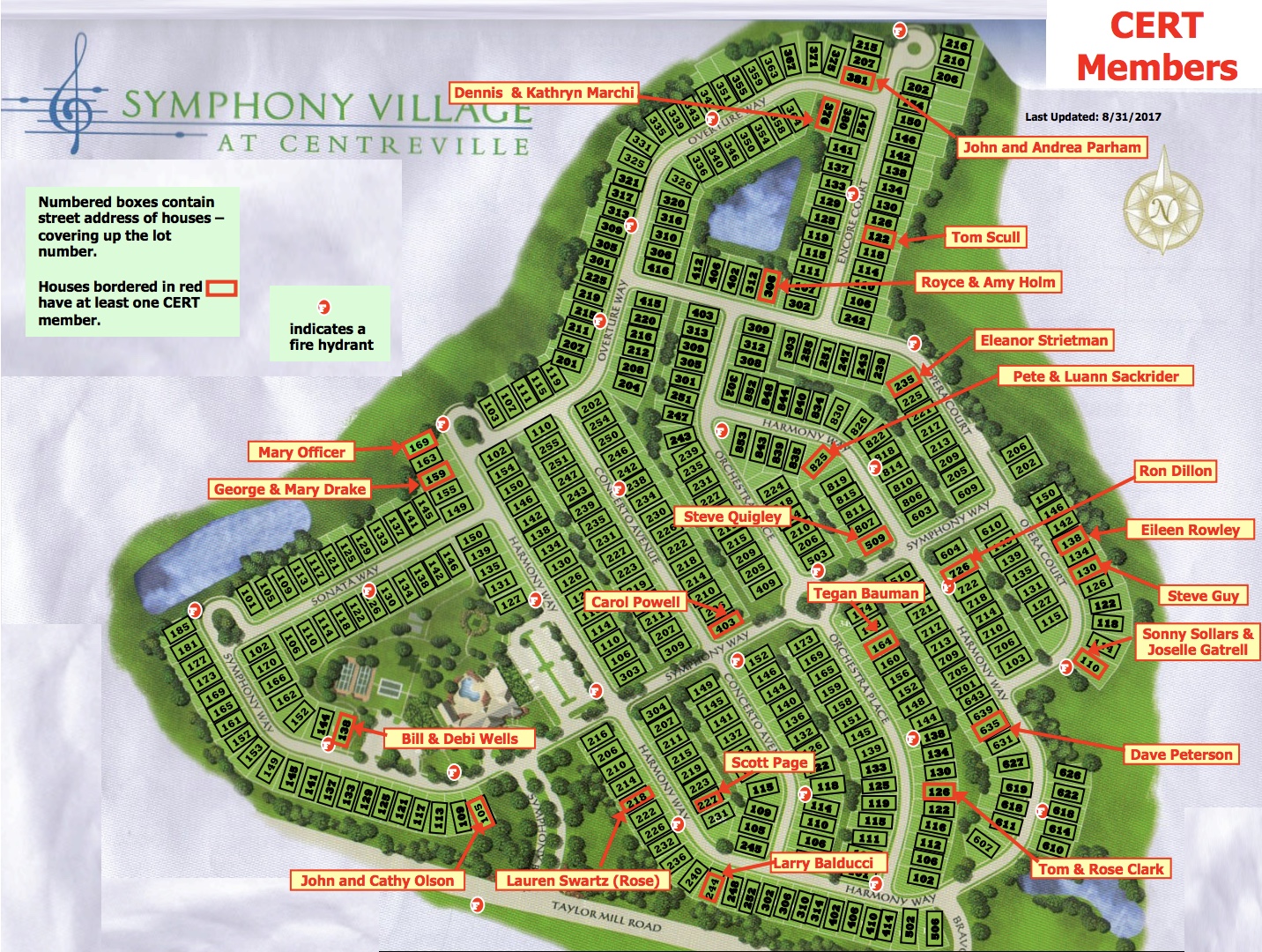
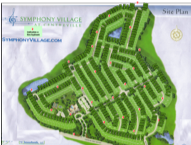


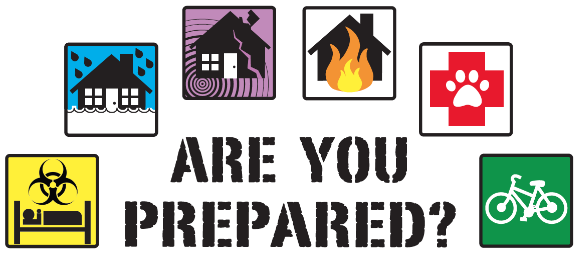
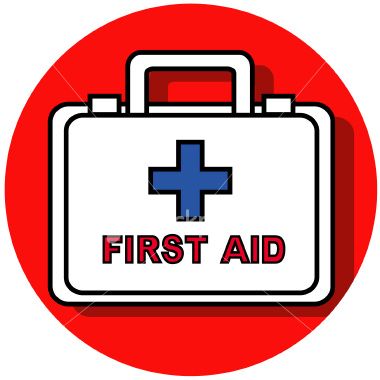
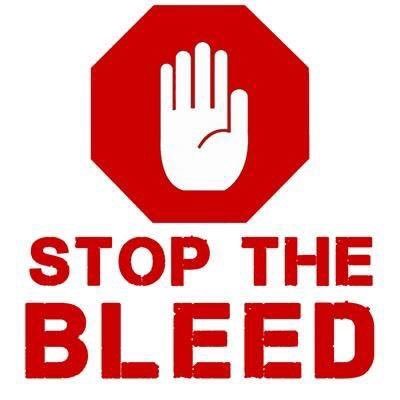
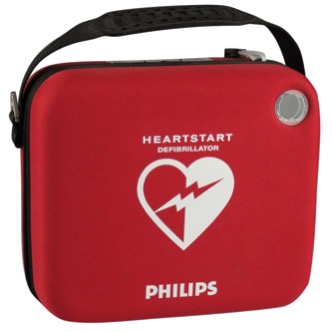
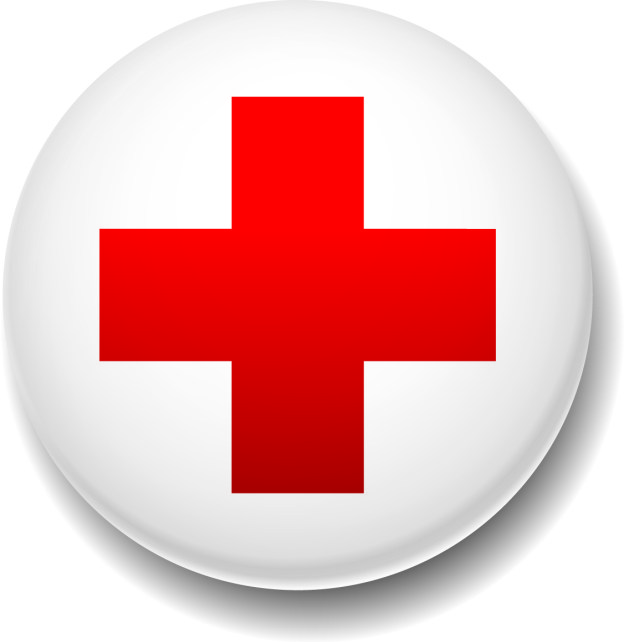 Download the American Red Cross First Aid App for
Download the American Red Cross First Aid App for 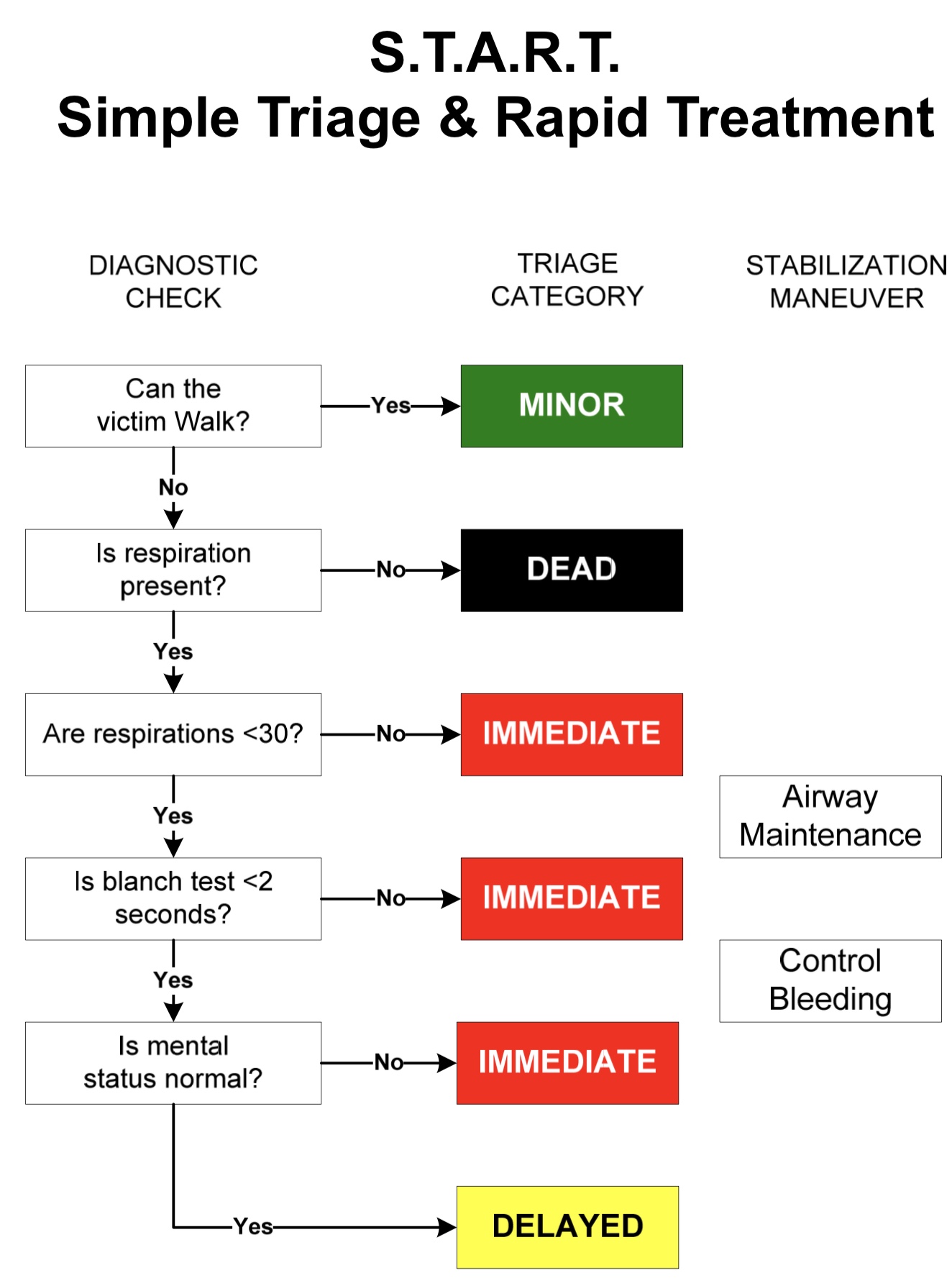
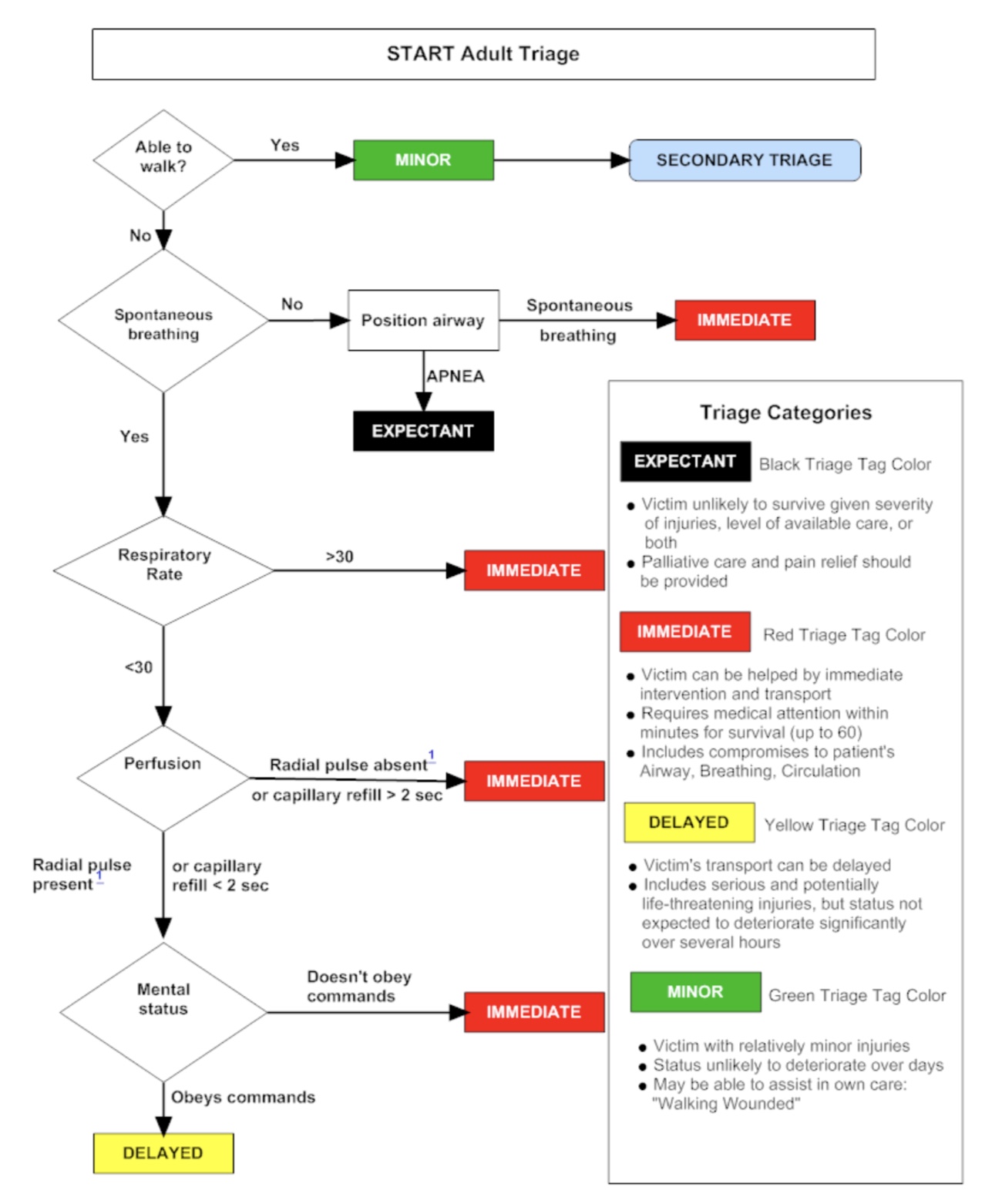
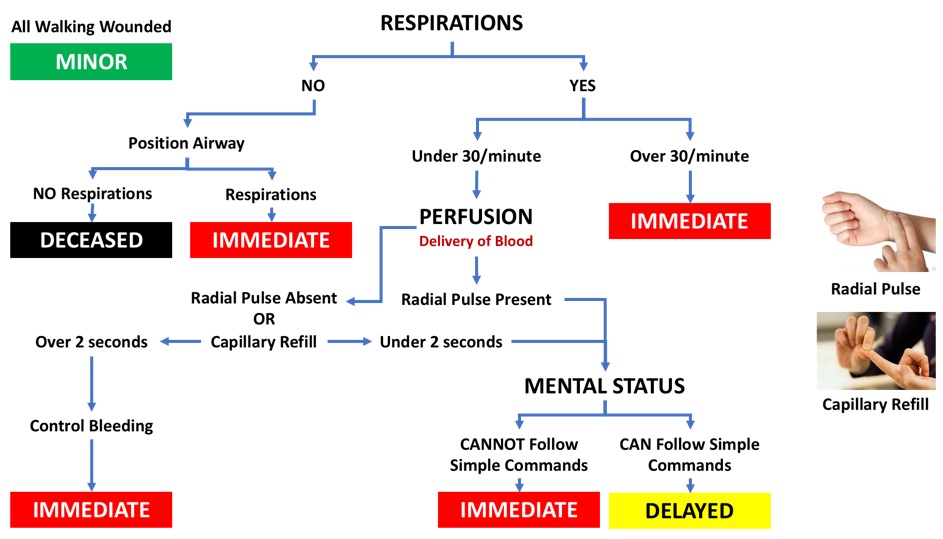
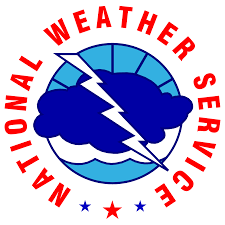
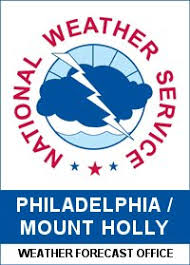
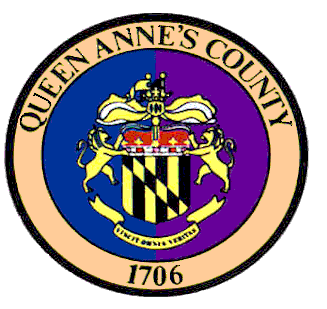


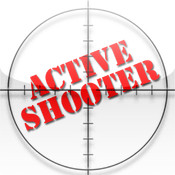
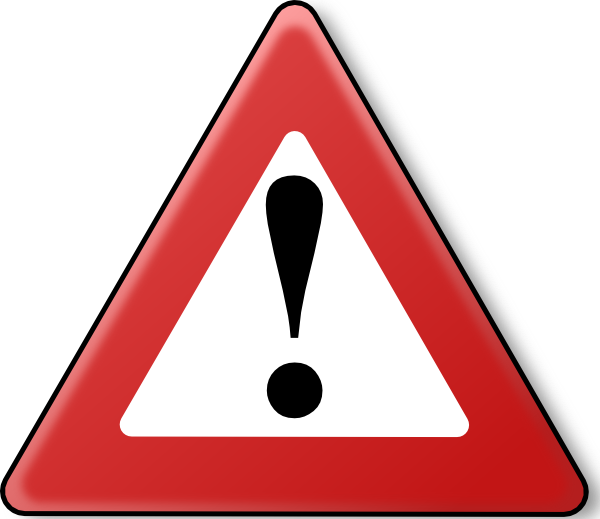

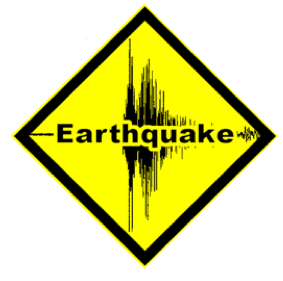
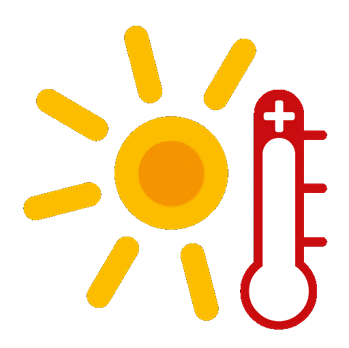

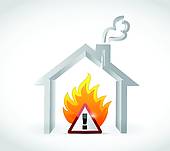

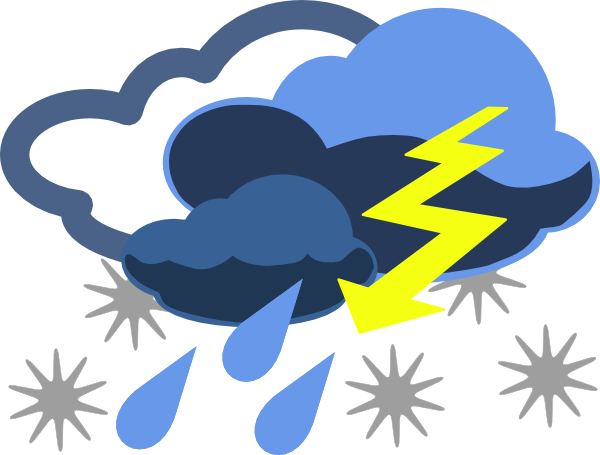
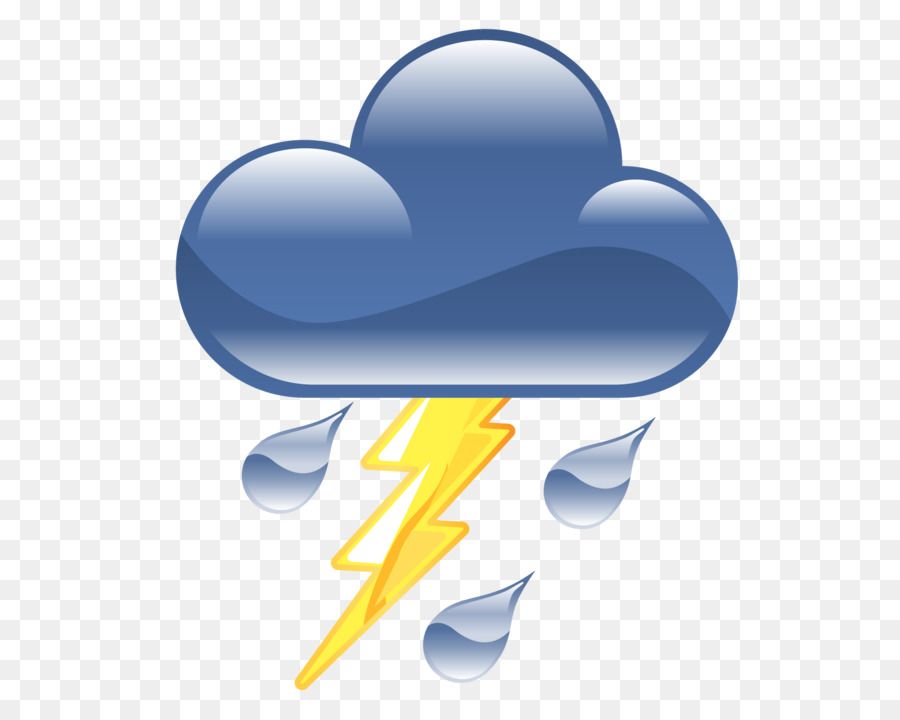
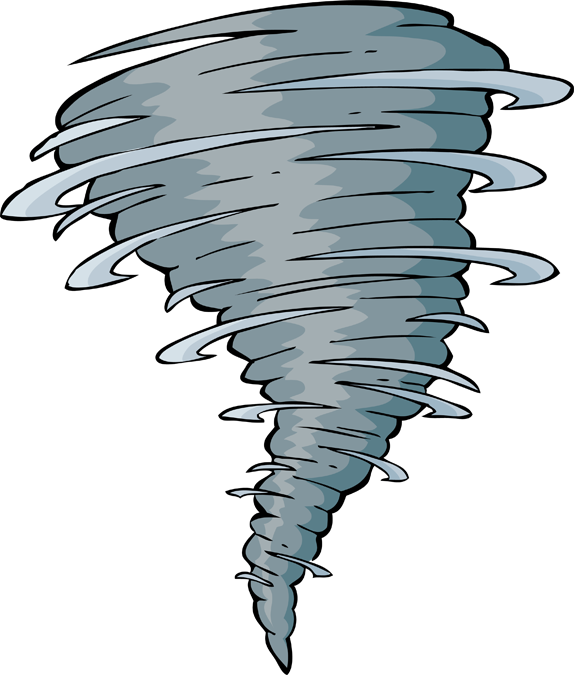
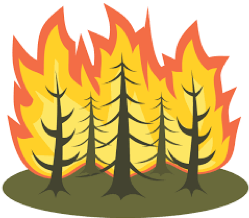

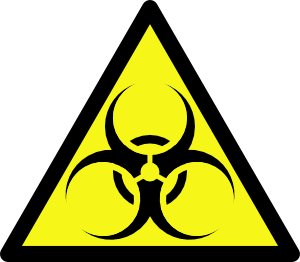
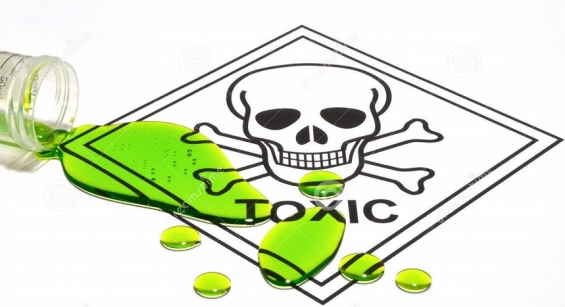
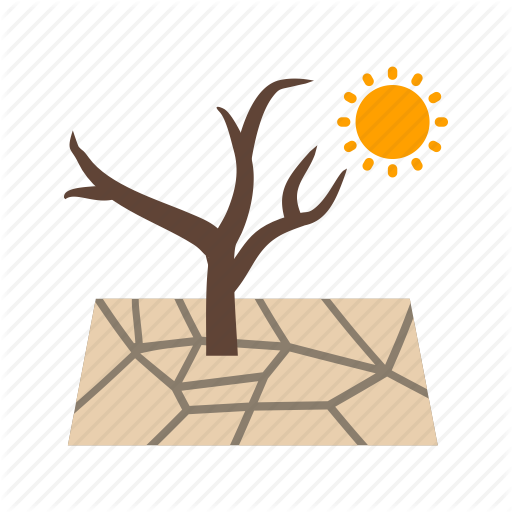
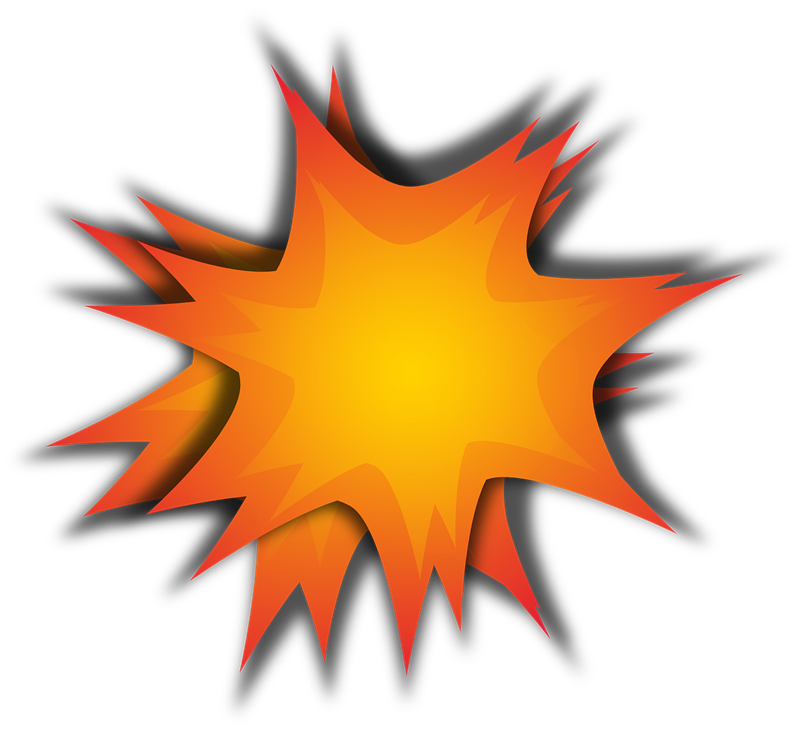
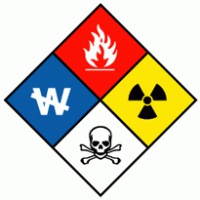
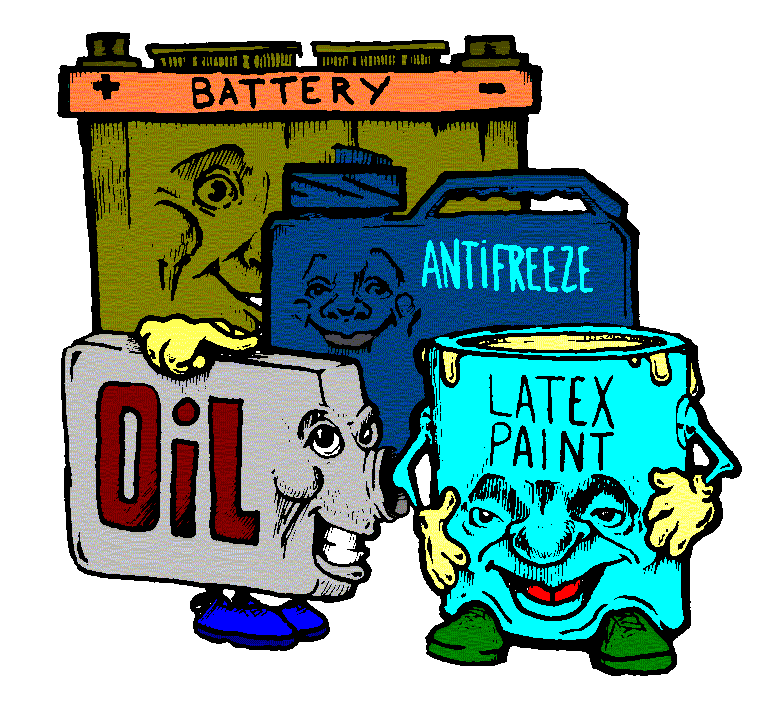
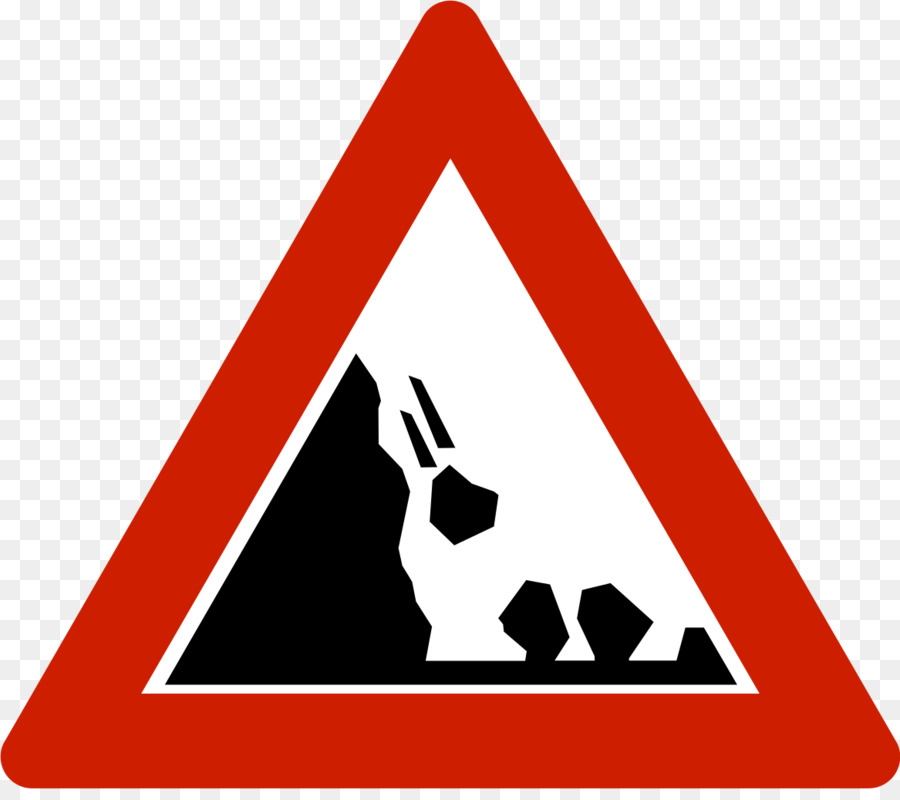
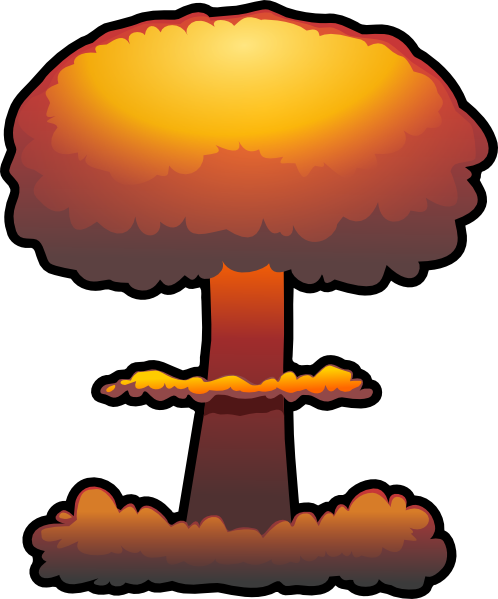
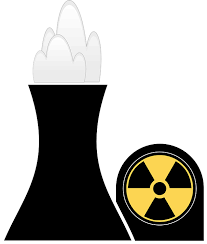
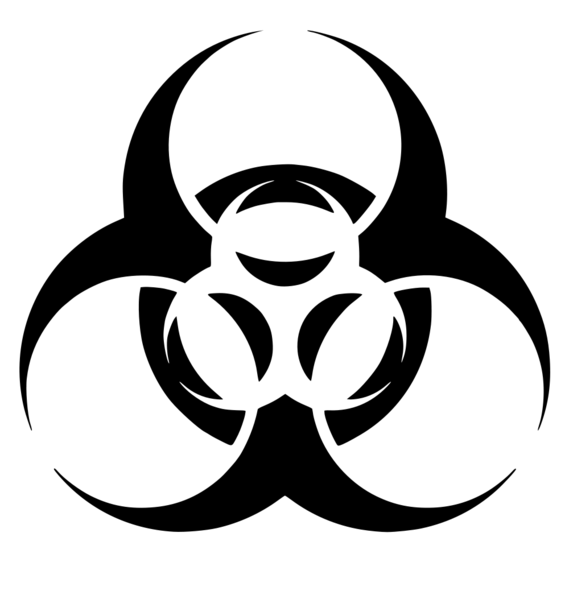
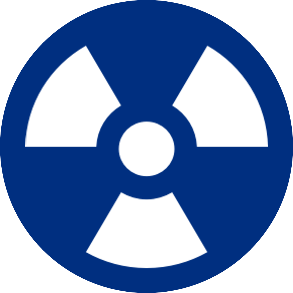



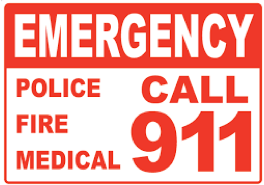

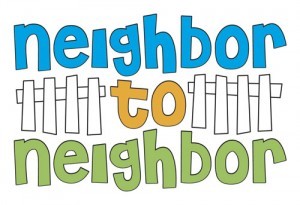
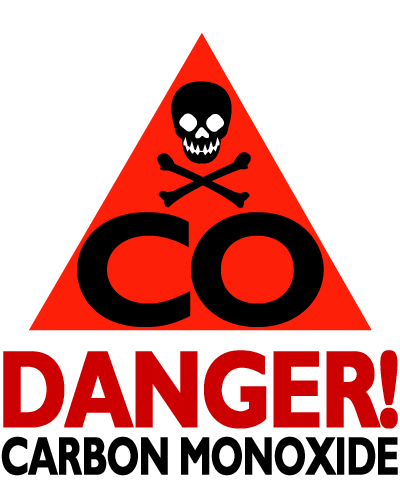

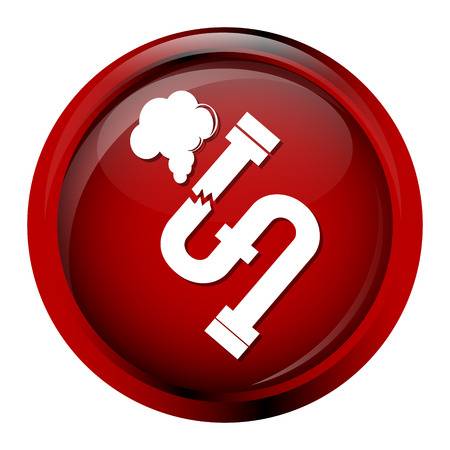
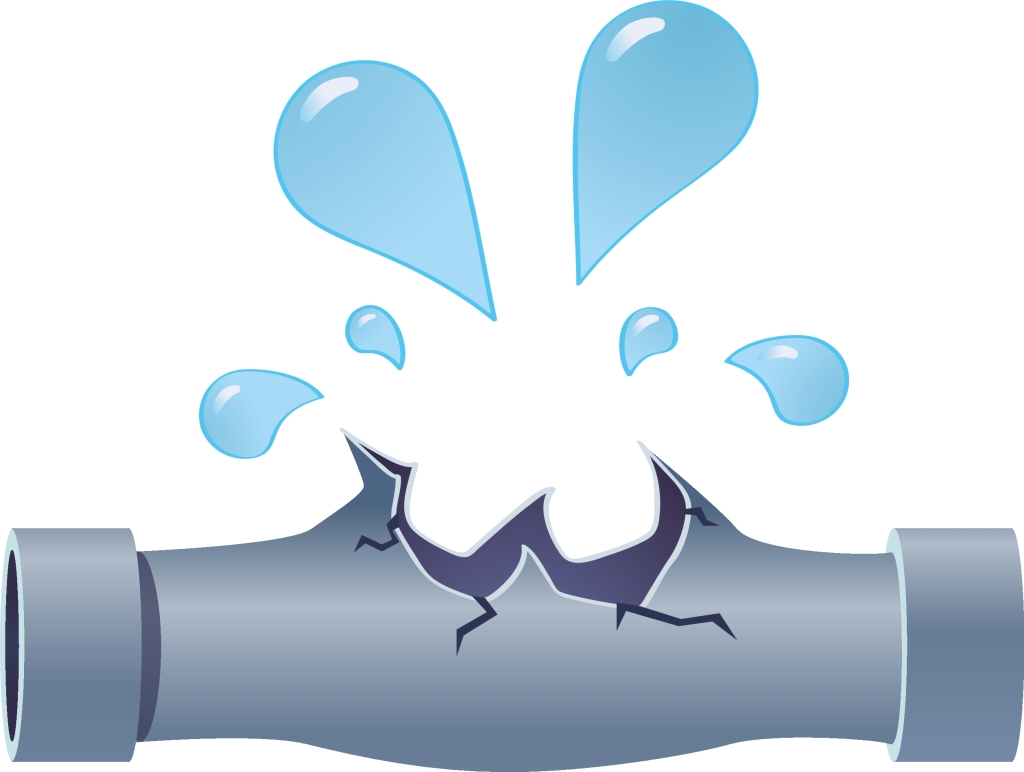
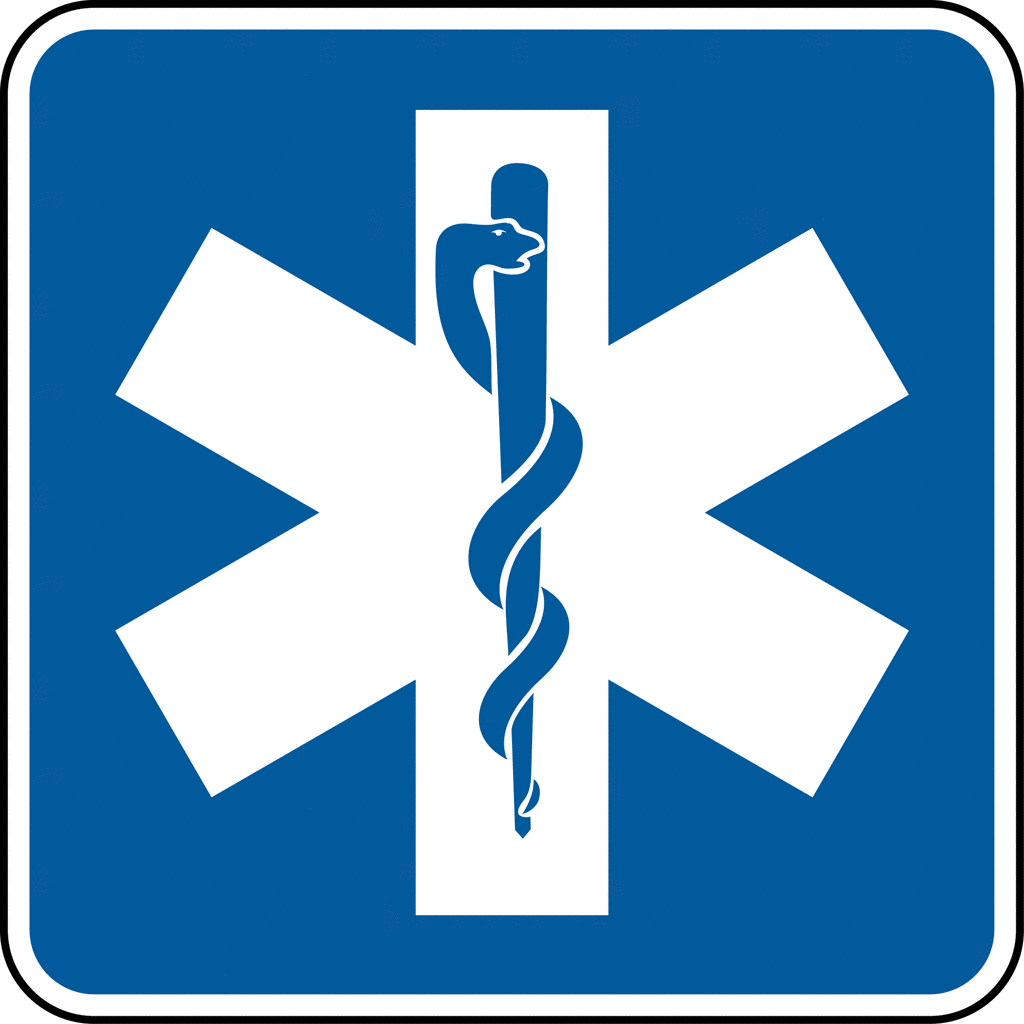

 The SV CERT may be deployed by either the QAC Department of Emergency Services (DES) or by the SV Coordinator. Once deployed, the steps described below under SV CERT Activation will be followed.
The SV CERT may be deployed by either the QAC Department of Emergency Services (DES) or by the SV Coordinator. Once deployed, the steps described below under SV CERT Activation will be followed.


 Once the SV CERT has been deployed, the team will:
Once the SV CERT has been deployed, the team will:
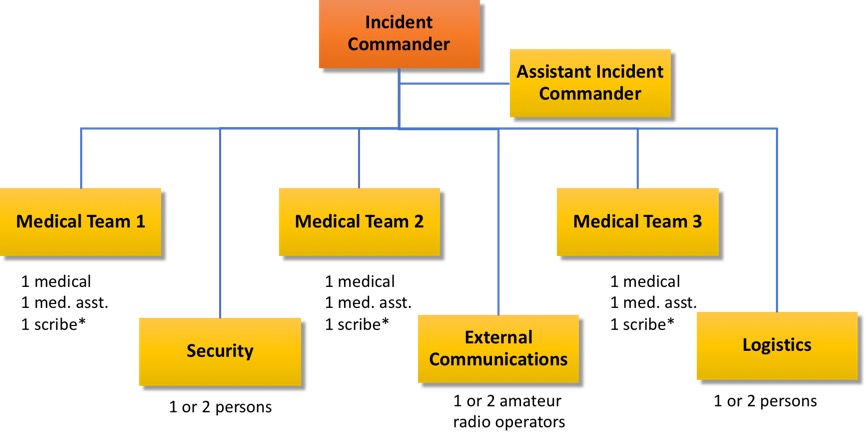
 Generally, the first CERT team member arriving on the scene becomes team leader and is the designated Incident Commander (IC) until the arrival of someone more competent. This person
Generally, the first CERT team member arriving on the scene becomes team leader and is the designated Incident Commander (IC) until the arrival of someone more competent. This person

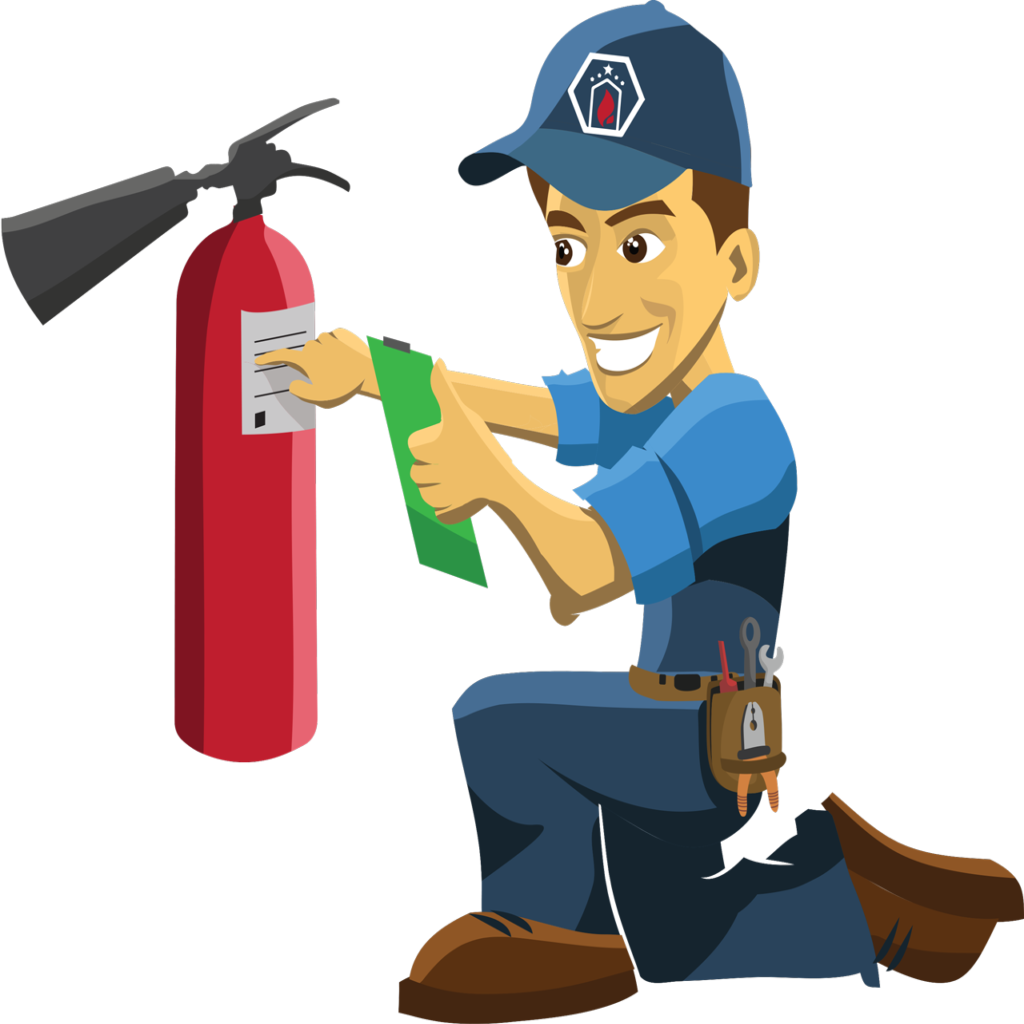
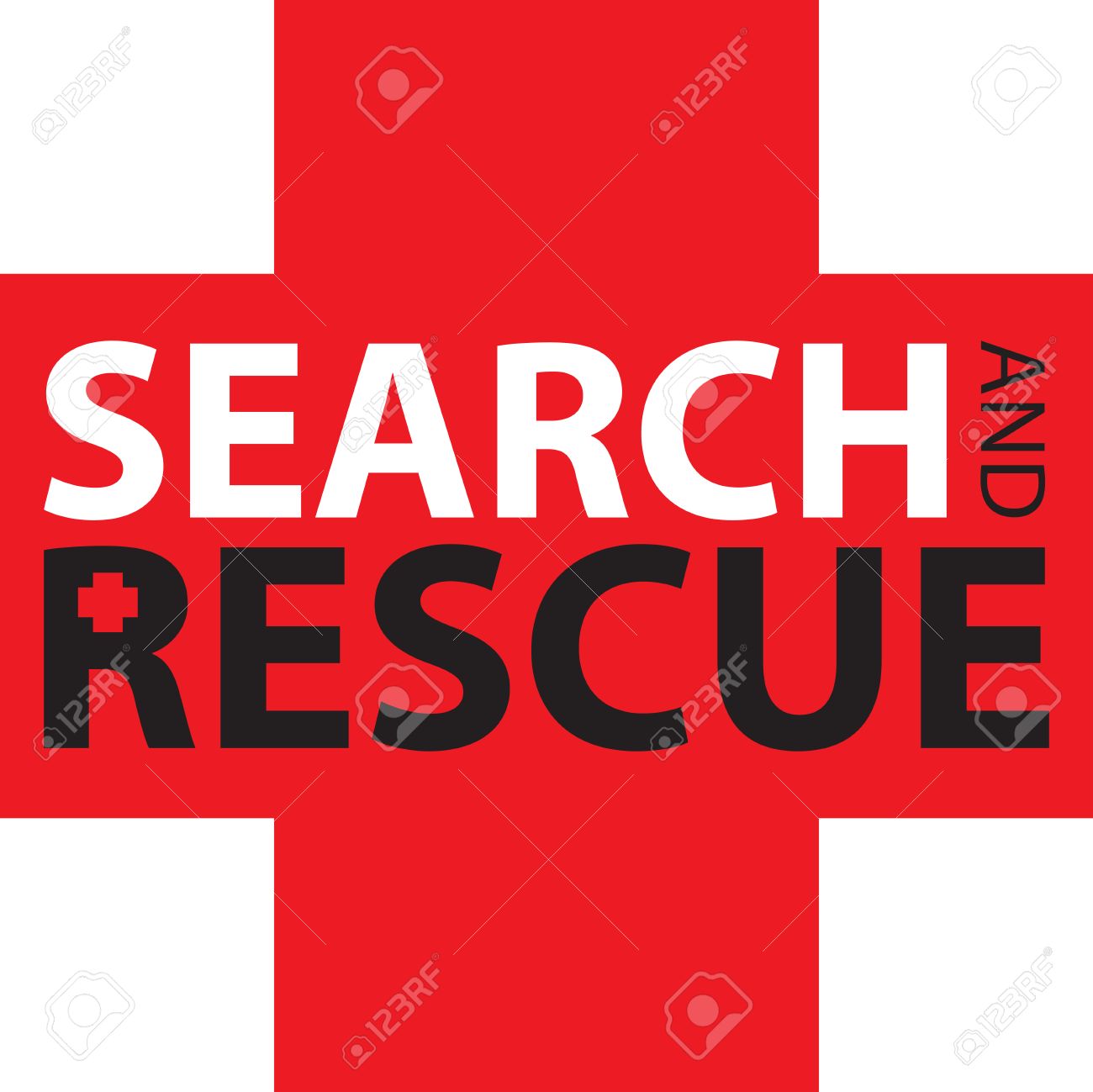
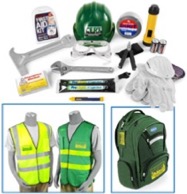
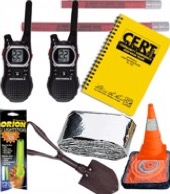
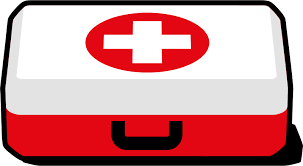
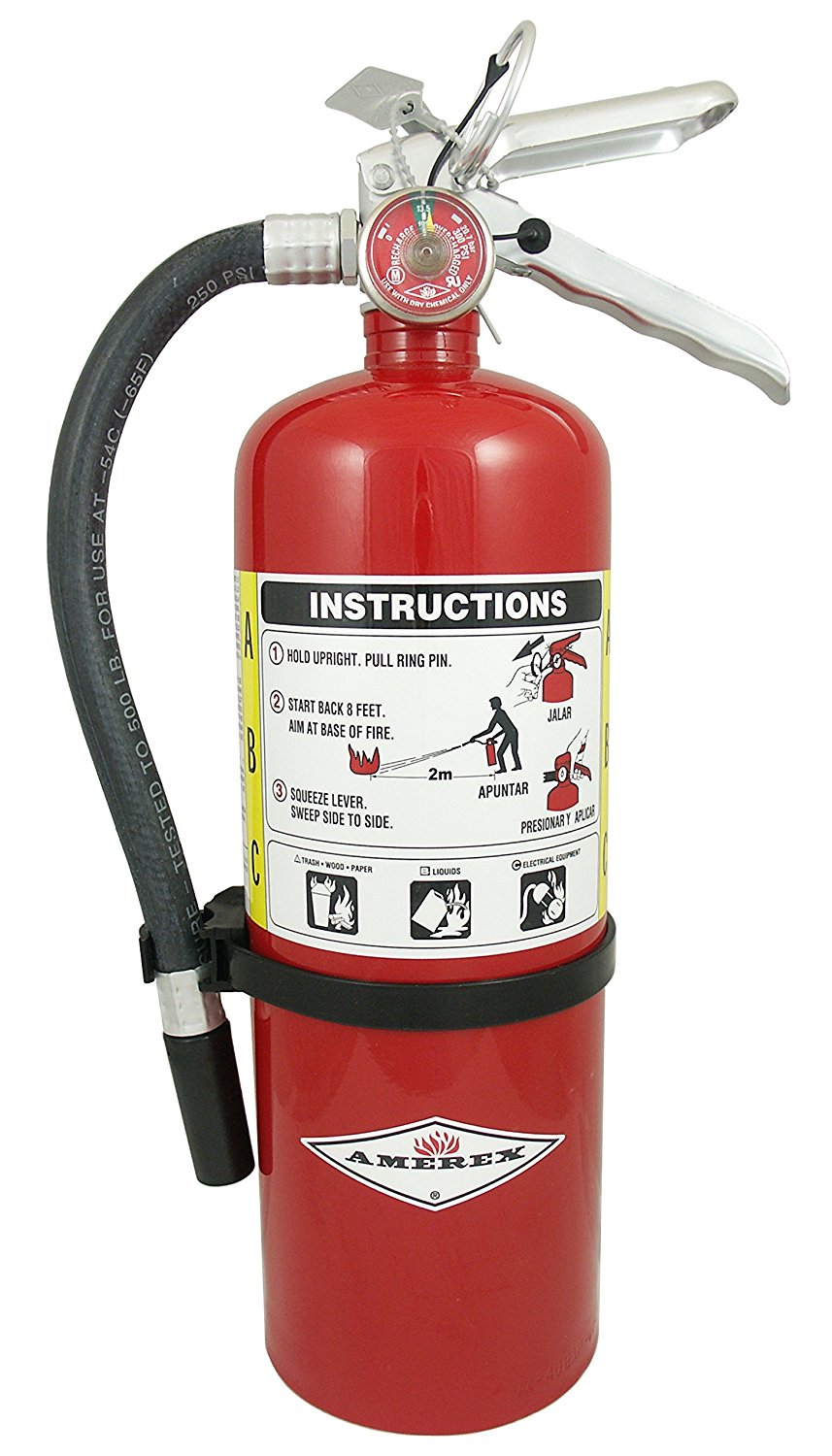

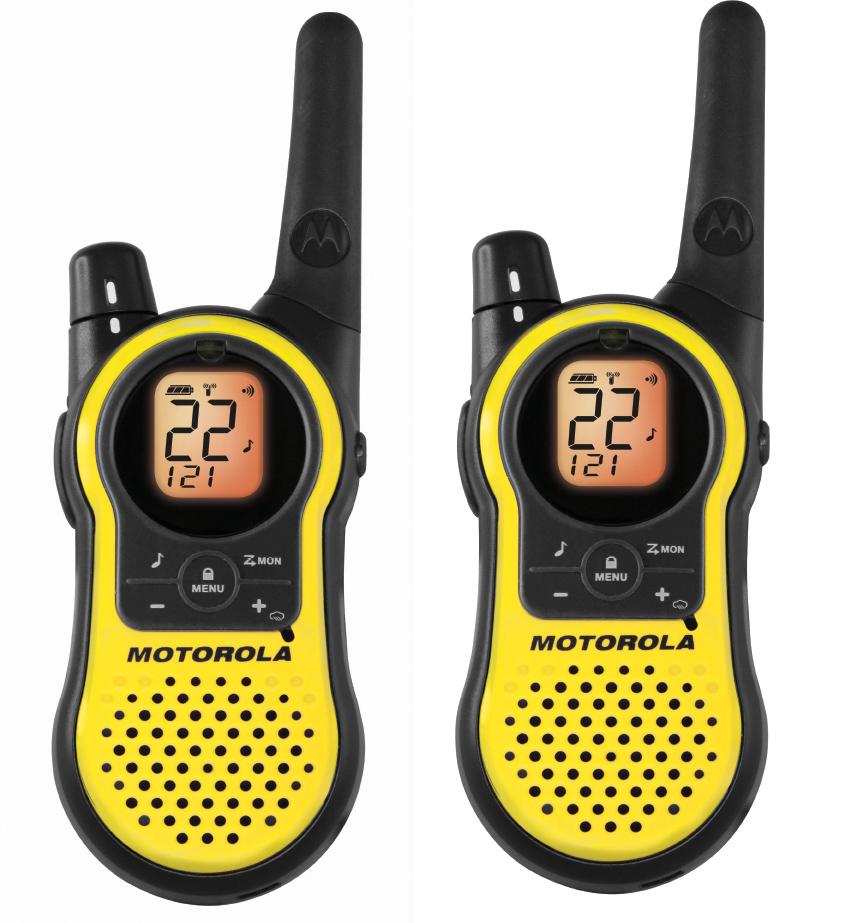

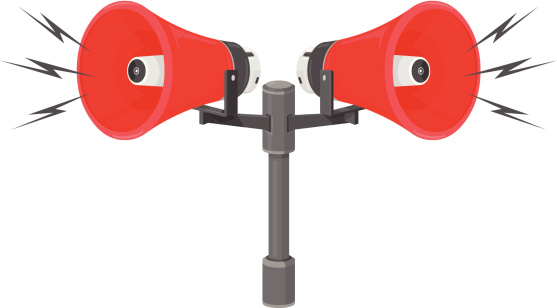 TESTS – First Saturday of every month at Noon sounding the Imminent Danger signal for 30 seconds followed by the All Clear.
TESTS – First Saturday of every month at Noon sounding the Imminent Danger signal for 30 seconds followed by the All Clear.


